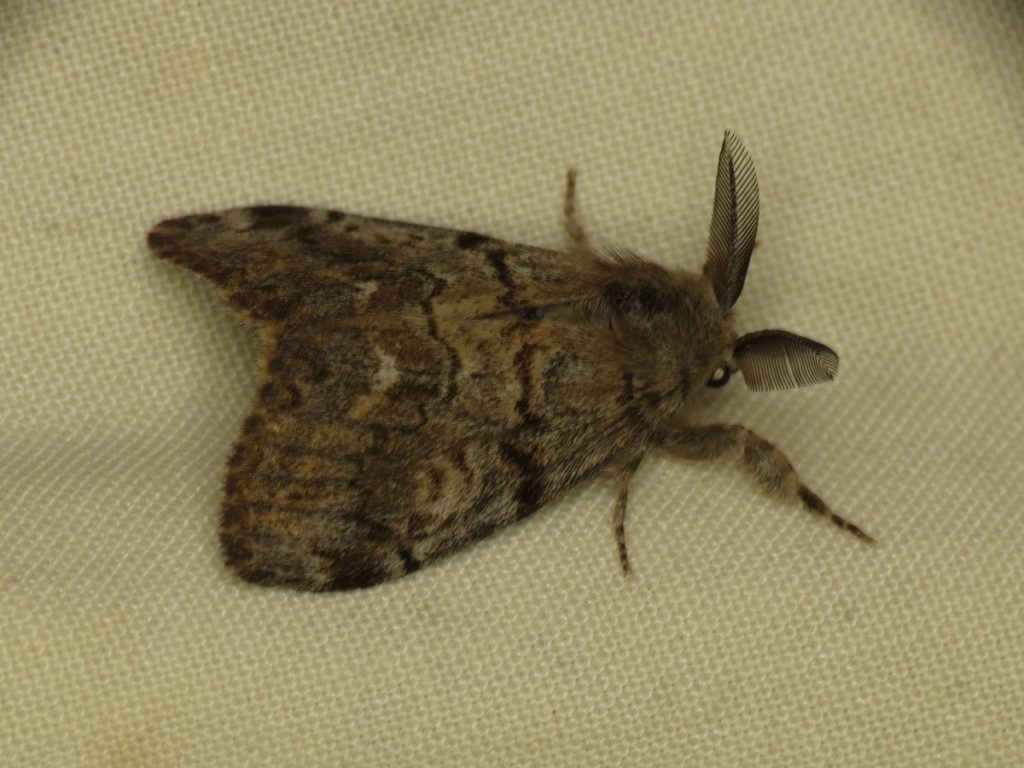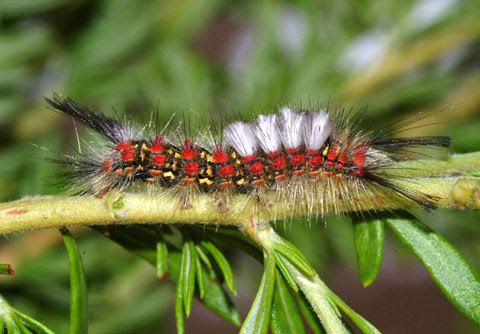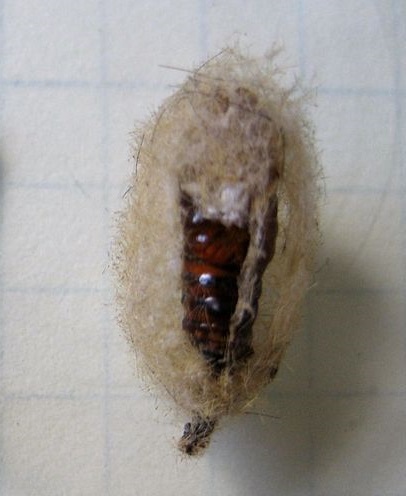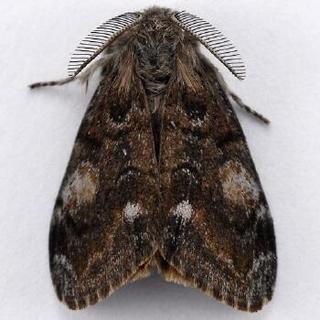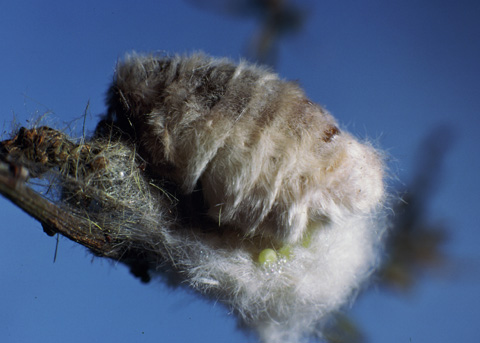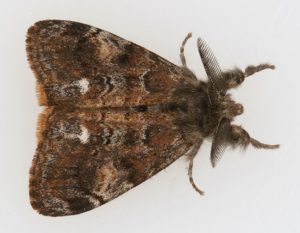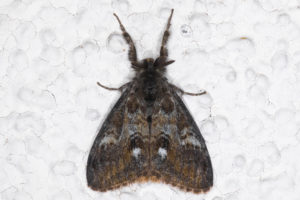Western Tussock Moth (Orgyia vetusta)
The western tussock moth is a member of the family of Erebidae moths. French lepidopterist Jean Baptiste Alphonse Déchauffour de Boisduval first described this species in 1852. Its species name was Hemerocampa vetusta, changed to Orgyia vetusta.
Content.eol.org
Scientific Classification
- Family: Erebidae
- Genus: Orgyia
- Scientific Name: Orgyia vetusta
Description and Identification
Adult Moth
Sexual Dimorphism: Present.
The females are completely flightless as their wings are too short to allow for flight.
Color and Appearance
Forewing: When opened, the wings are dark, outlined in gray, with two irregular dark markings intersecting at 1/3rd and 2/3rd of their length. When closed, they form a roughly triangular outline.
Hindwing: When opened, the wings are brown. When closed, they are barely seen.
Average wingspan: 25-38 mm
Flight pattern: Erratic, dependent on the location of females.
Season: April through July
Quick Facts
| Distribution | The western part of North America, including the Pacific States and British Columbia; also, states like Louisiana and Idaho |
| Habitat | Parks and walking trails |
| Lifespan of Adults | Around 3 months |
| Host Plants | Apple, apricot, ceanothus, cherry, citrus, oak, pistachio, plum, prune trees, and willow |
| Adult Diet | Does not feed |
Scientific Classification
- Family: Erebidae
- Genus: Orgyia
- Scientific Name: Orgyia vetusta

